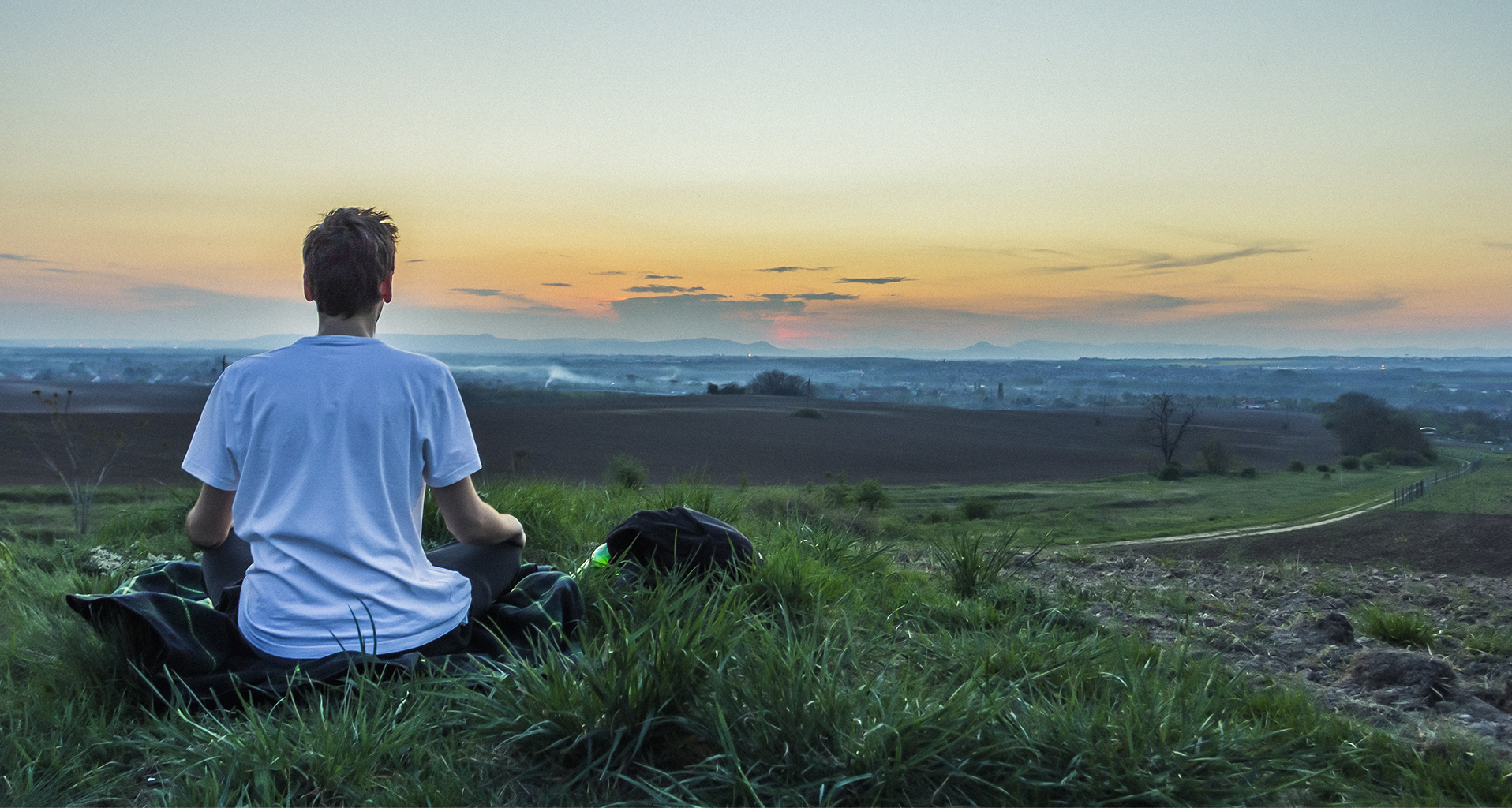If you follow my blog or have read my book, “My Happy Workplace” you know that most of my writing invites you to accept responsibility for your own happiness. And nothing does this better than being mindful. But to enter a state of mindfulness we have to first be present and aware.
The art of being “present” allows us a high level of focus. This focus anchors us to wherever we are and to whatever we are doing in any given moment. It also protects us from the worry of the future or the regret of the past. From this present-moment perceptive we are better positioned to ward off all that stuff we don’t want that can trigger unhappiness. So, in a way, the Present puts us in the right place to be able to solve the problem.
Once in the present moment we are more likely to move into a state of “awareness”. Now, awareness provides us the opportunity to actually look at the problem. This same problem may have remained hidden (but no less harmful) for a very long time had we not entered this heightened state of consciousness. Hidden problems can play out in the background of our subconscious minds and do serious harm to our emotional well-being.
So the Present Moment puts us in the right place and Awareness puts us on the lookout. When these two conditions are combined we enter an even higher state that I call “presently aware.” But this still isn’t enough. Just because we are in the right place and have spotted the problem does not mean we can fix it.
To fix a problem we must understand it—fully. To understand it fully, we must see it for what it truly is. This is mindfulness. Mindfulness is kind of like looking behind the magician’s curtain and seeing that it was all an illusion. When we see things for what they truly are (with the eyes of mindfulness) they lose any power to harm us. In fact, we see right through them and come to the understanding that these things are not real at all. Mindfulness allows us to understand (or better to know) that no problem exists outside our own minds and imaginations. So in the end there is nothing to fix, because the problem never existed in the first place.
We tend to create self-contained stories (I like to call them “reality bubbles”) of why things are happening the way they are. We place judgements and expectations and weave amazing fictions. None of which, by the way, are usually true. We indulge these stories until we get sucked into a well of self-pity, anger or misery. Within these reality bubblesour worst fears are imagined to have occurred or destined to occur.
Mindfulness is the pin that pops the bubble. It reminds us that reality is subjective. The events of our lives are only as real to the extent that we identify with them. The measure by which reality can affect us is directly related to how much we buy into the illusion. Our reality has far more to do with how we perceive the events of our lives, rather than the events themselves.
Try looking at the so-called problems in your life–really look at them. Look at them from a place free of regret or worry. And by looking you may see that the problems you believed were real are nothing more than nasty by-products of your imagination—each one easily and quickly dismissed as an unwanted thought.
